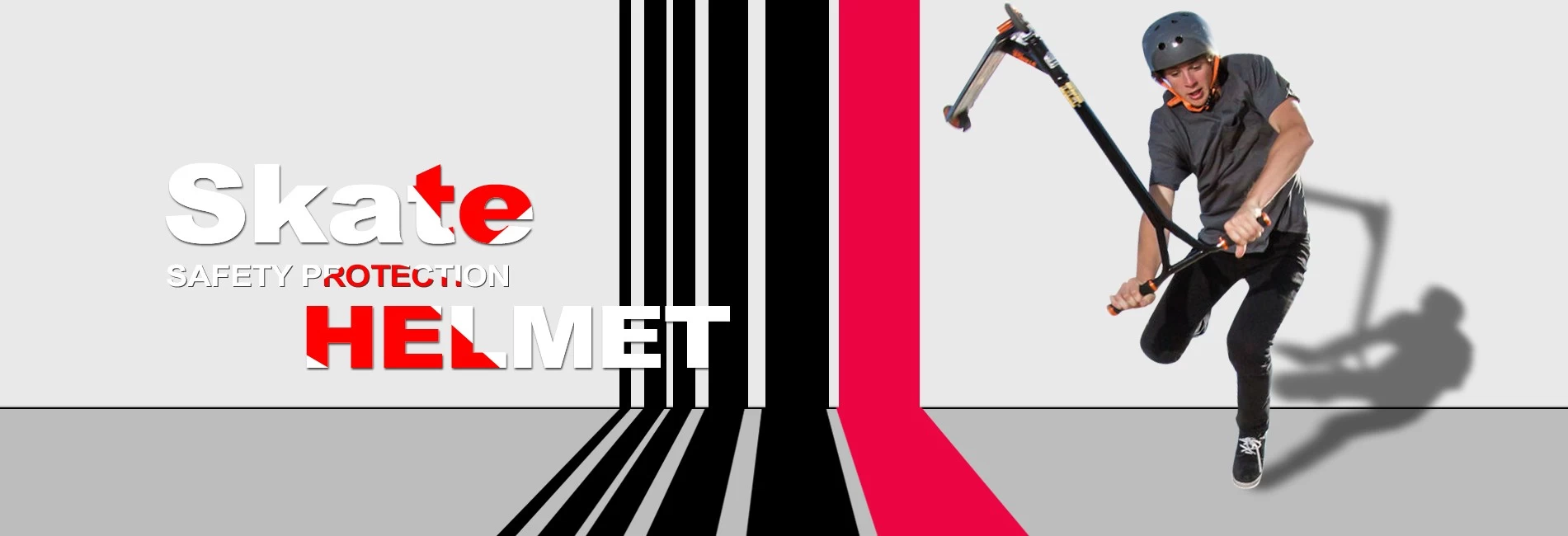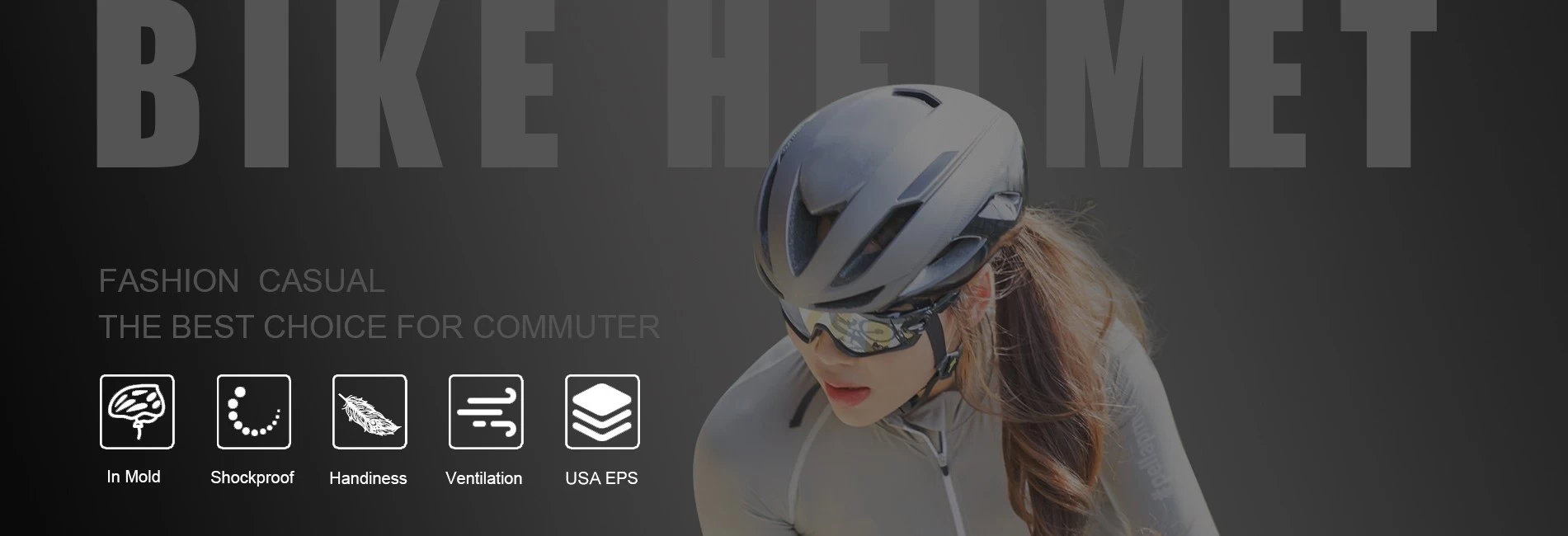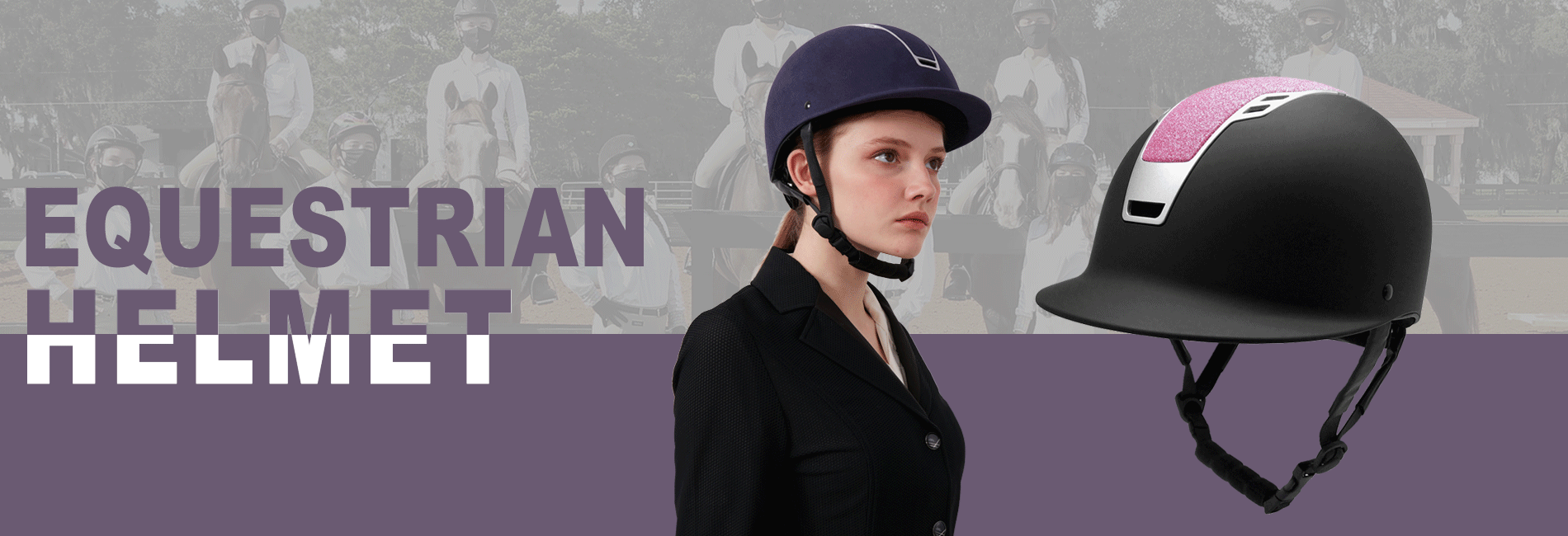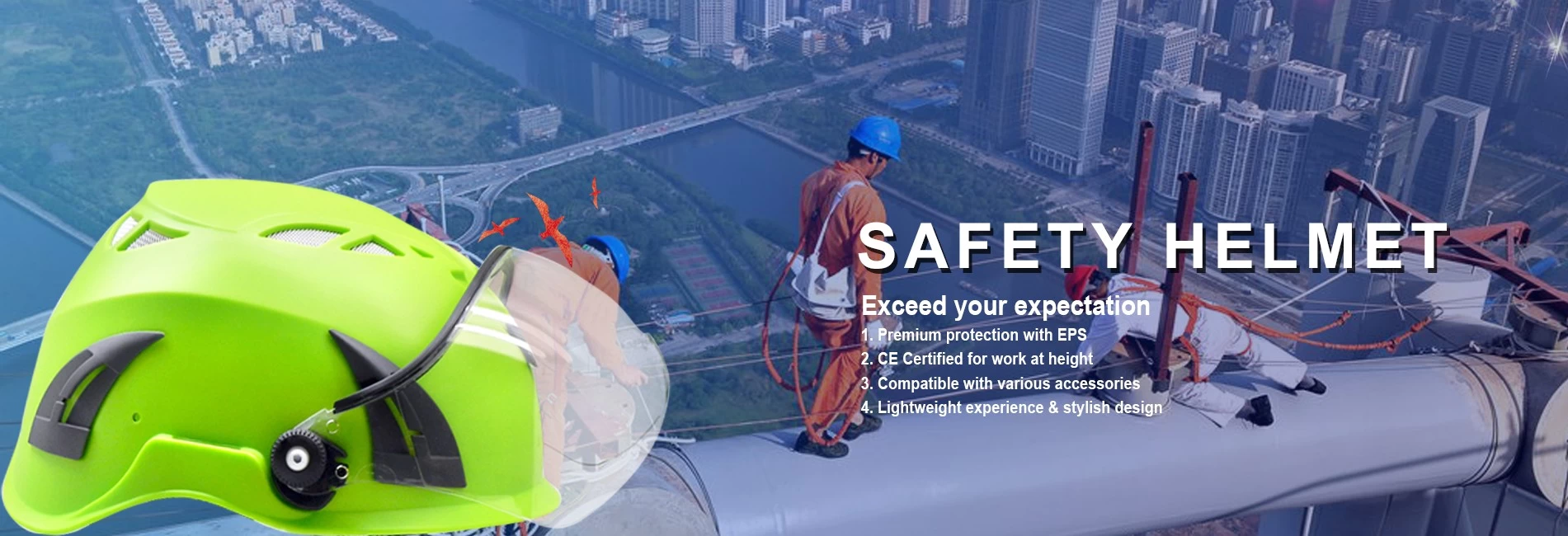Old School & New School
The fire service is constantly evolving, and the rope rescue arena is not exception. At most departments, the training provided is based on the department's desired skill level for its members.
That means for many firefighters, the rope rescue educational path ends there. This situation presents a couple of significant challenges:
• Skill atrophy: If you do not embrace ongoing education in rope rescue (or any response area that you deal with), your skills will drop off to a point where you can become ineffective when working an incident with other responders.
• Conflicting training levels: Not staying current with training can create a situation where members of the same department have been training in different methods, leading to division among the ranks.
Both skills atrophy and conflicting training levels can create a difficult situation at the department. Consider a scenario where a new department member goes for training in a specialty area. The course consists of the most advanced and up-to-date methods being practiced at the time, which do not correspond with the training that the more senior department members previously received on the same topic. Upon returning from training, the new member is full of energy and enthusiasm, and when they attempt to share the new information, they are met with resistance by those senior members who hold on tightly to their version of training. These types of responses have a negative impact on the recently trained member’s motivation and morale.cycle helmets for children
With this in mind, let’s take a look at some segments in the rope rescue arena to see how old school and new technologies can work together.
Safety knots
When I first began my training for rope operations, it was pounded into our heads that a knot is not a “proper” knot without a safety on it. This concept still holds true for some of the knots we use, including the Bowline and Square Knot. However, knots like the family of 8s really do not require a safety. When they are tied properly, the knot is very sound and actually locks down on itself.
Our state curriculum was recently updated to reference tail length on the family of 8 knots as being the critical aspect in the safety and accuracy of the knot. Now the spoken standard is a 6-inch tail or approximately a hand’s length of tail to be acceptable for rope. For webbing, a hand’s width or 4-inch tail is now accepted.3D printing prototype
So why did the rope rescue community decide “all” rope end knots needed to have safeties? One answer jumped to the top of the list the most often: “If the responder puts a safety on everything, he or she will not forget when there should be one in place.” Fortunately, user responsibility prevailed, and the safety knots are now used in the specific applications where they were always needed and have been removed from those that do not have a need for them.










